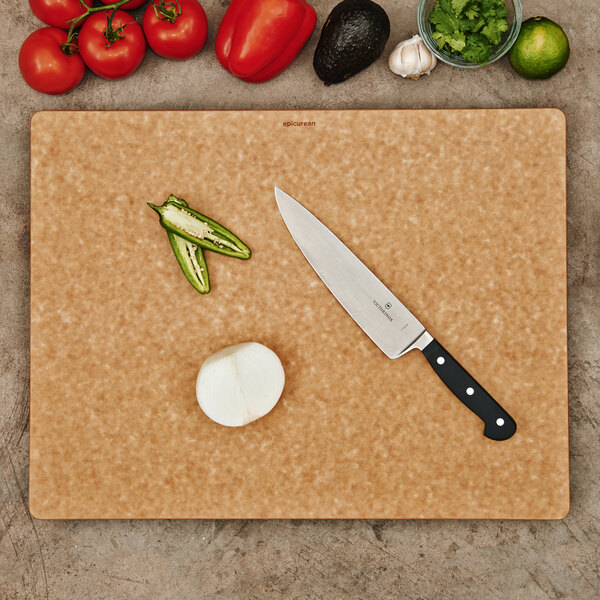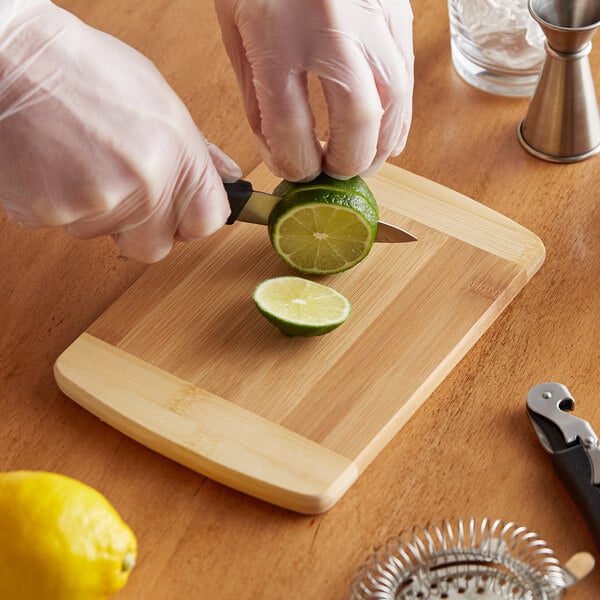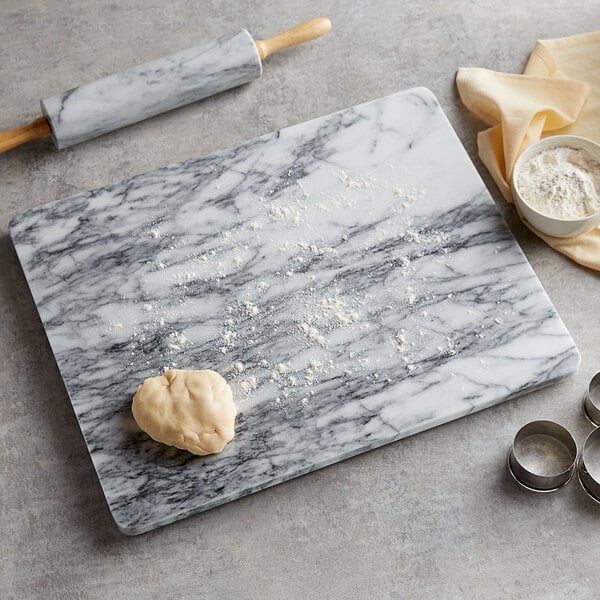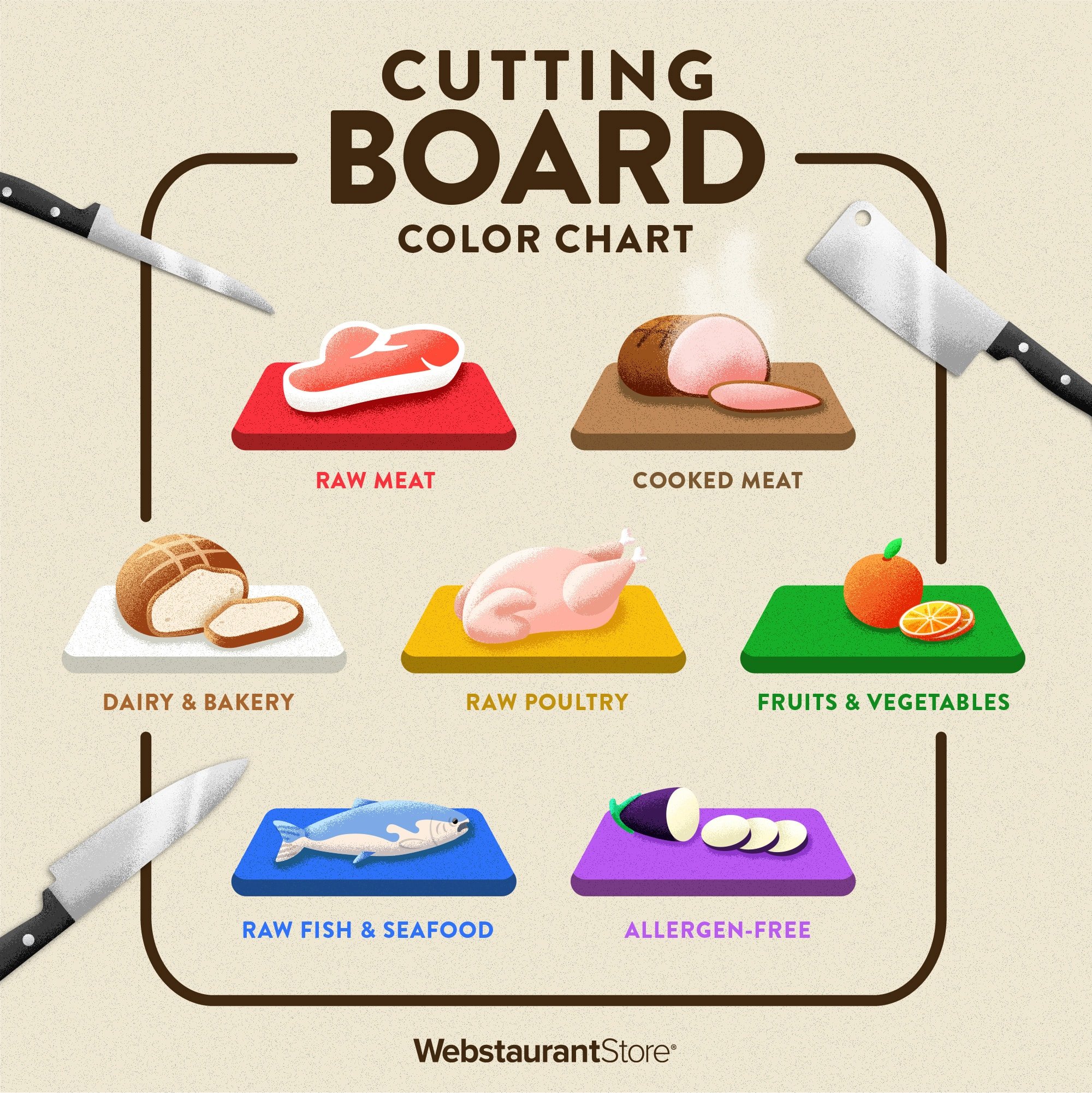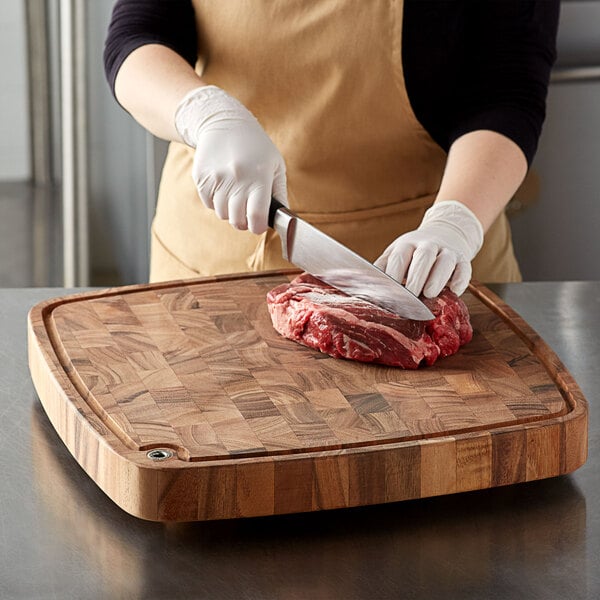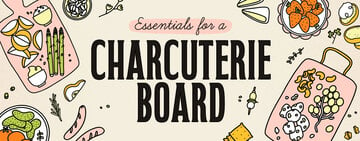Food Prep
WebstaurantStore / Food Service Resources / Food Prep / Types of Cutting Boards

- Topics 1528
- Industrial 59
- Troubleshooting Guides 31
- Restaurant Management 140
- Bar Management 66
- Catering Tips 38
- Bakery Management 47
- Food Trucks & Concessions 47
- Advertising & Marketing 40
- Eco-Friendly Tips 12
- Facility Layout & Design 50
- Coffee Shop Tips 31
- Installation & Maintenance 59
- Janitorial & Pest Control 34
- Safety & Sanitation 109
- Startup Tips 113
- Menu Design 11
- Kitchen & Cooking Tips 103
- Hospitality Management 24
- Pizza & Sandwich Shop Tips 30
- Smallwares 40
- Food Prep 101
- Tabletop Items 19
- Disposables 26
- Calculators & Tools 8
- Consumables 70
- Warewashing & Laundry 21
- Cooking Equipment 101
- Food Storage & Refrigeration 54
- Beverage Equipment 39
- Office Supplies 5
Join Our Mailing List
Receive coupon codes and more right to your inbox.


